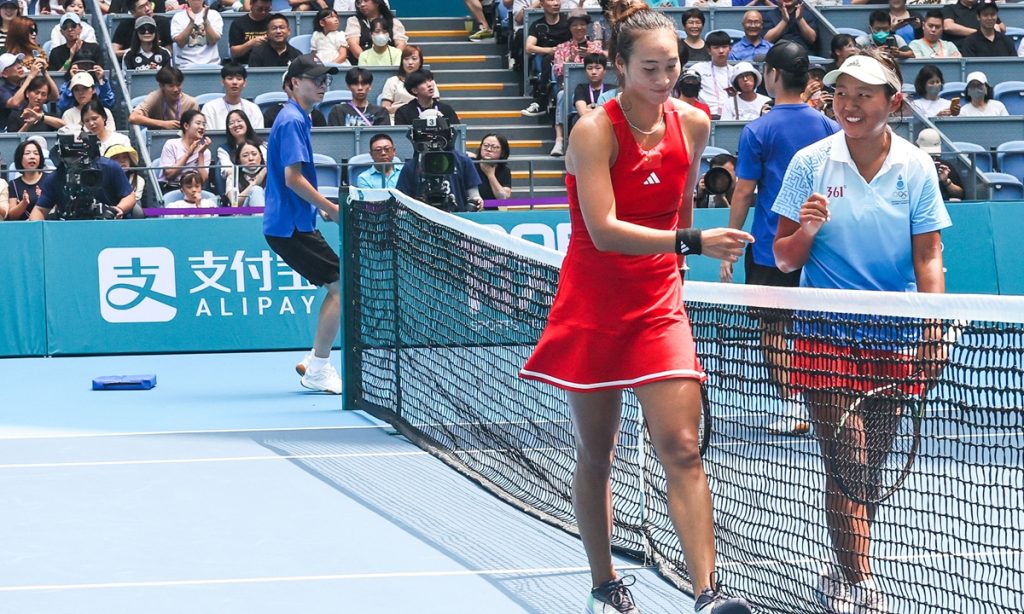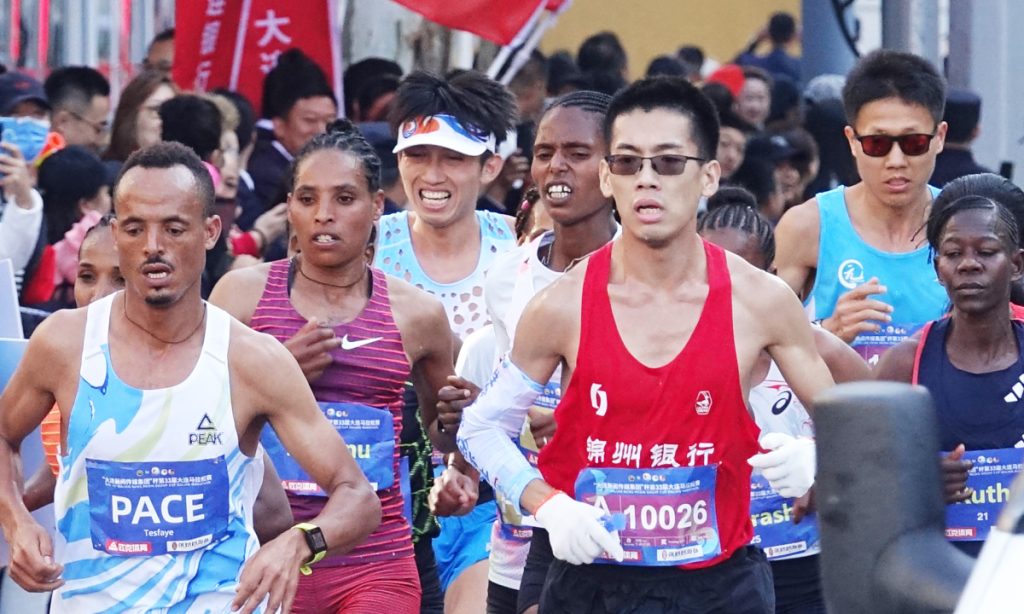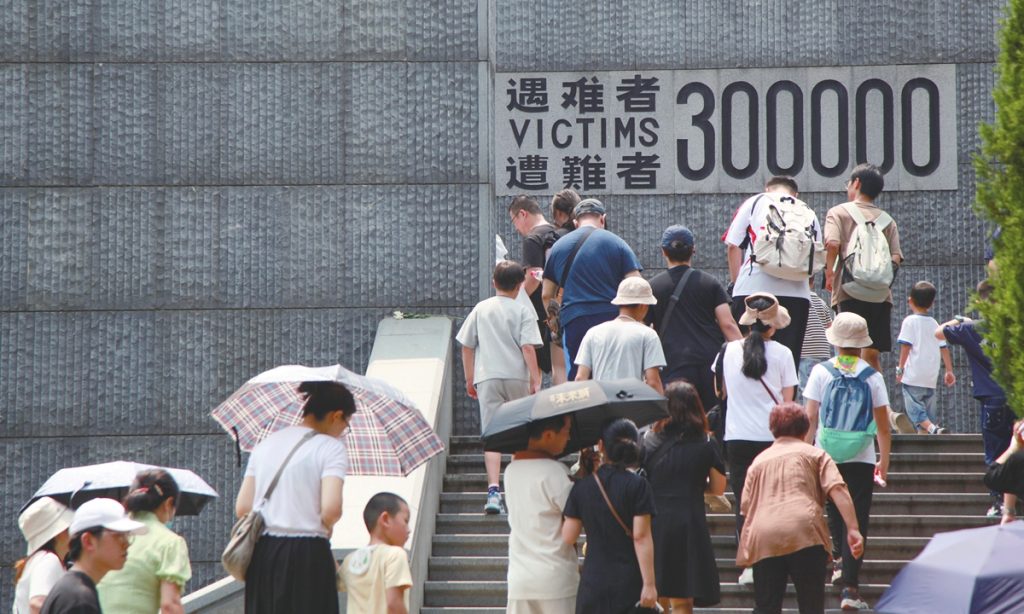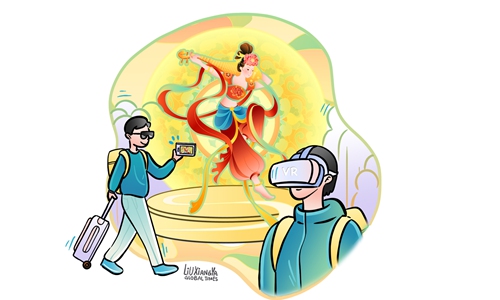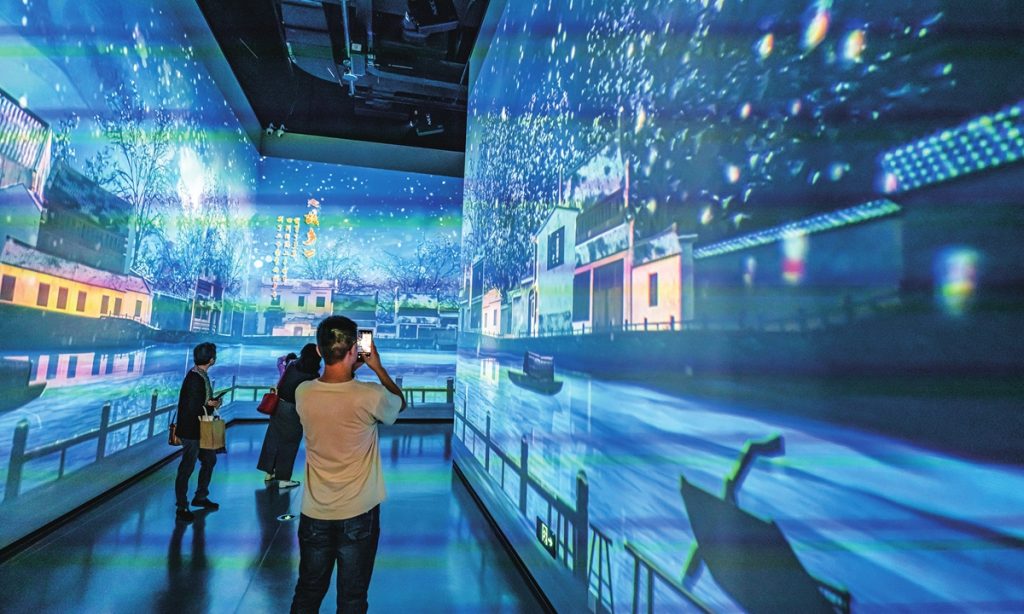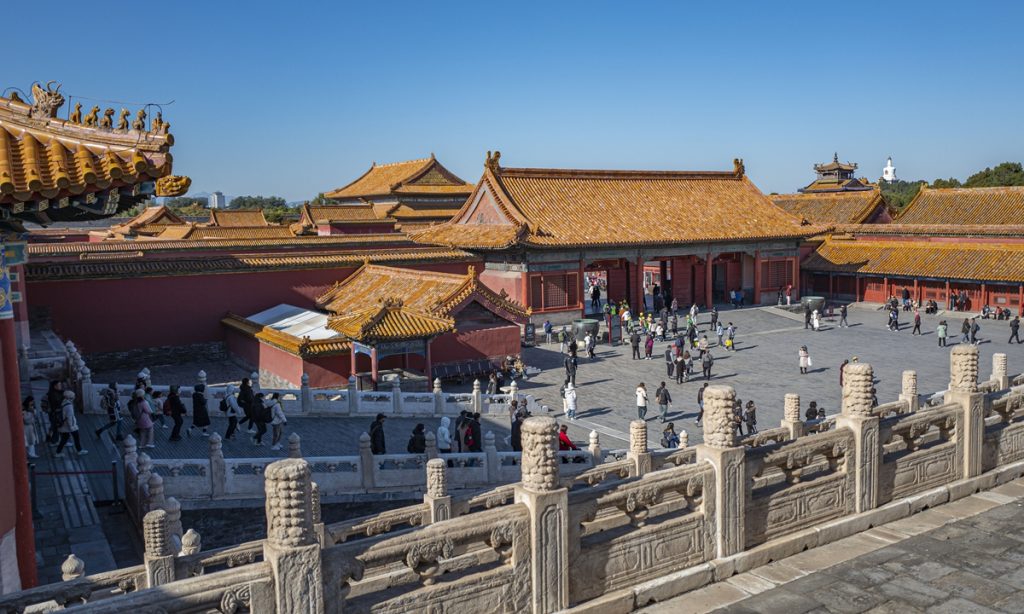Team China in jeopardy after losing to S.Sudan; odds of Paris berth fading fast
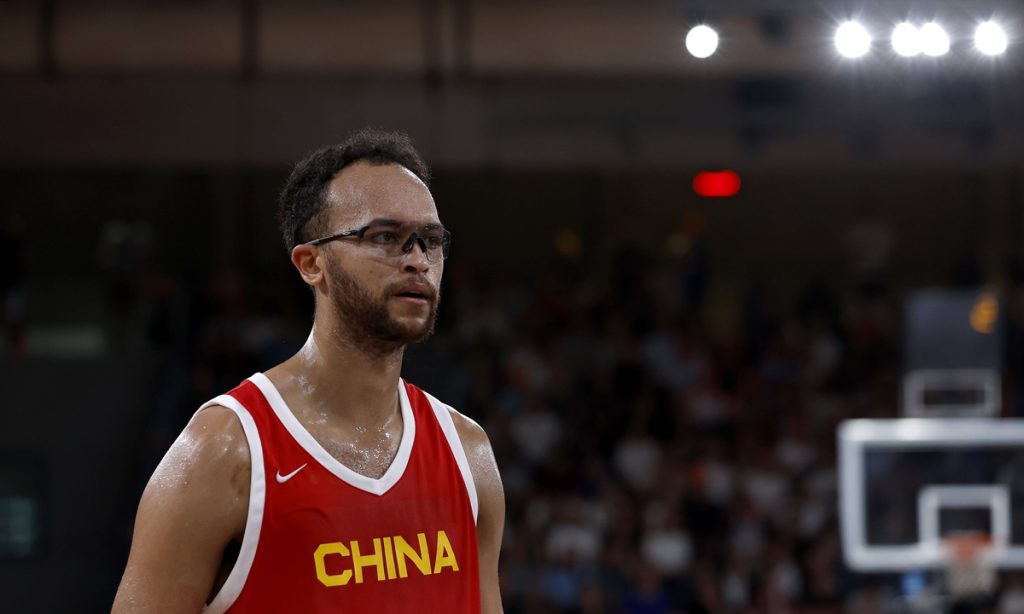
Team China found itself in a perilous position after an 89-69 defeat to South Sudan in the second round FIBA World Cup Group B game, despite China's first naturalized player Li Kai'er's 22 points leading China's box score, a sharp bounce-back from his scoreless debut.
Having losing two games in Group B, Team China is on the brink of elimination in the tournament held in Manila, the Philippines and even worse, risks losing a place at the Paris 2024 Olympic Games after Japan bagged a victory over Finland coming from 18 points down on Sunday. China needs to be the best-performing Asian team in order to win direct qualification for the Paris Olympics in 2024.
Li, the 206-cm-tall Minnesota Timberwolves forward known to the National Basketball Association (NBA) as Kyle Anderson, broke his scoreless run early in the first quarter, as he drove and banked a floater in his rhythm. He then showed his basketball intelligence by drawing a foul with his shooting form ready. He bagged 22 points, three assists and five rebounds, the all-round player's chemistry with the team was increasingly noticeable.
However, China standing in 27th place in the FIBA ranking, failed to match the firepower of opponent South Sudan, which is ranked a 62nd in the FIBA ranking during the Monday game. Even though China seemed to figure out how to play its game in the right way, South Sudan responded quickly with long shots behind the arc. Led by Carlik Jones, who just had a magnificent finish of 35 points and 11 assists against Puerto Rico, the World Cup debutants nailed a jaw-dropping 15 three-pointers with 50 percent shooting percentage during the whole game.
Team China had its chance to come back and beat the opponent as many would have predicted, and the young squad did force their game within a chasing range almost levelling at 49-50, meaning only one bucket behind in the third quarter.
However, the Chinese squad seemed choked at both offensive and defensive end on the court, making the game end up in a drastic 20 points defeat.
"I wish we could have come out with the win, more importantly than scoring 22 points," Li said during a post-game interview, stressing that the team has to figure it out how to play hard for 40 minutes rather than only 20 minutes in the game.
China would take on the last Group B rival Puerto Rico, only a win of 36 points or more will propel Team China out of the group and enter the next elimination game, a scenario which now seems unlikely.
Following their 20-point loss against South Sudan Monday, China head coach Aleksandar Djordevic said that the goal remains the same for the team to get to the Olympics.
And to win the 2024 Olympic ticket, China would have to hope that none of the other Asian teams makes it to the next elimination stage and China have to win both games in the ranking game after falling out of the group to secure a ticket to Paris.
The team has now lost not only the two games but also its own control of future destiny.
However, we should have faith in the Aleksandar Djordevic, a proven winner in international basketball, Li Kai'er, a veteran NBA player, and more importantly the never-give-up spirit of Team China.
Team China should keep their heads up and keep hold of the good momentum the young squad has built in the second game, just like Zhao Rui, who delivered 13 points on Monday with hot hands, said after the game, "stay focused as a team and we want to play in the Olympic Games."
